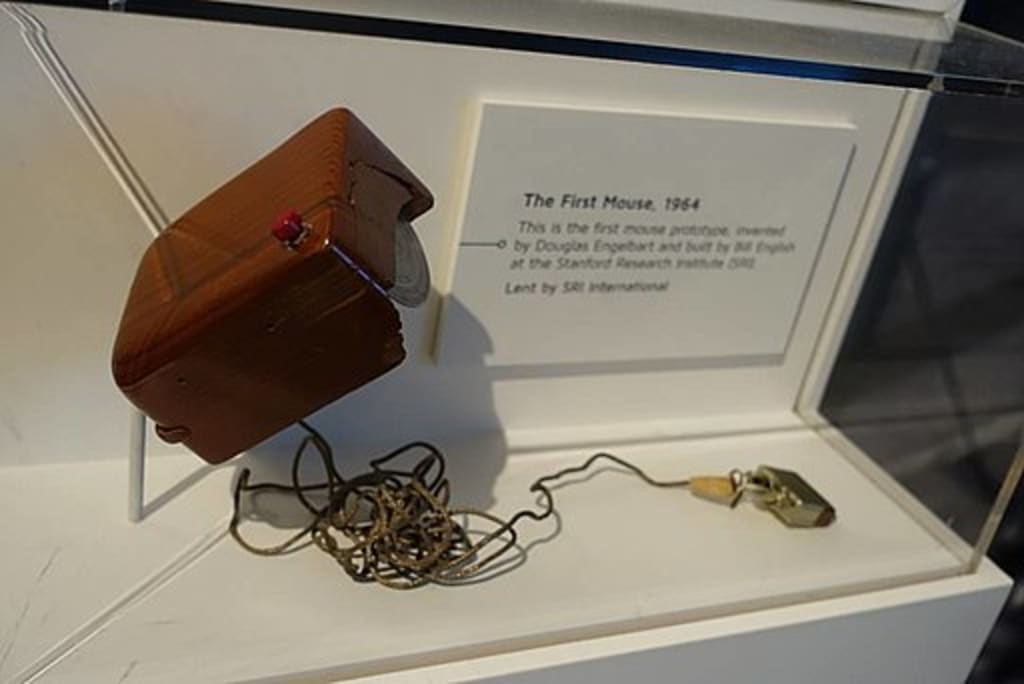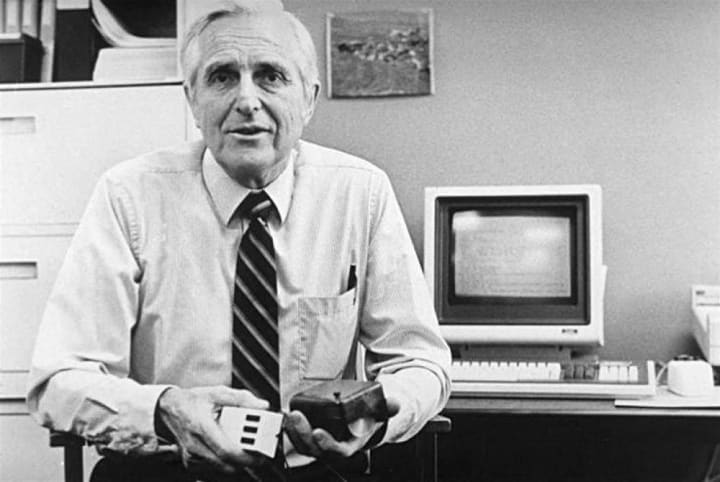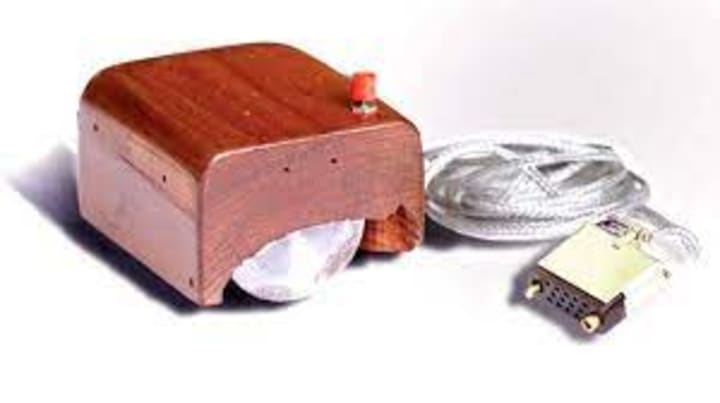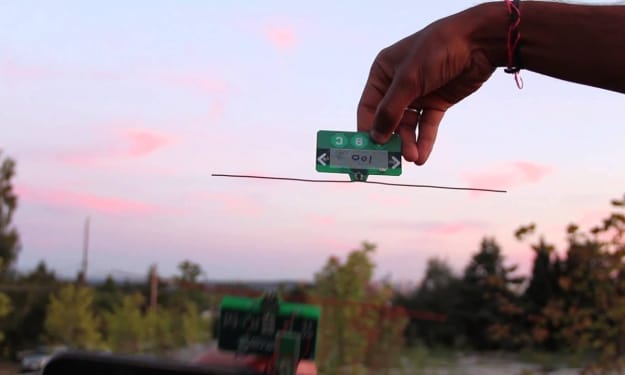Did You Know The Computer Mouse's Evolution: From Wooden Box to Wireless Miracle
Prototype Engelbart mouse

The computer mouse is an essential part of computing today, but it wasn't always that way. In the 1960s, computers were much different than they are now. There were no touchscreens, no trackpads, and no computer mice. Instead, the only way to interact with a computer was through a keyboard and printed output. However, one man was determined to change that.

Douglas Engelbart was a computer scientist working at the Stanford Research Institute in California. He was interested in finding new ways to interact with computers and believed that there was a better way than using a keyboard alone. Engelbart had an idea for a new kind of input device that would allow users to control a computer more intuitively. He called it a "mouse" because of its shape and the way it moved across a surface. Engelbart envisioned a device that could be moved around on a desktop, allowing users to control the movement of a cursor on a screen.
To build the first mouse, Engelbart enlisted the help of a young engineer named Bill English. Together, they worked on the design and construction of the device. They started by building a simple wooden box with a button on top and a cord attached to the bottom. Inside the box were two metal wheels that could detect the movement of the mouse across a surface.

The first prototype of the mouse was far from perfect. It was bulky, heavy, and difficult to move smoothly across a surface. However, Engelbart and English were determined to improve it, and they continued to refine the design over the next several months. Finally, in 1968, Engelbart and English demonstrated the first mouse at a conference in San Francisco. They also showcased other groundbreaking computer technologies like hypertext and videoconferencing. However, the mouse was the star of the show.
Although the mouse was initially met with skepticism, it soon became an essential part of computing and revolutionized the way people interacted with computers. With the mouse, users could move a cursor more quickly and accurately than they could with a keyboard alone. This made it easier to navigate through complex programs and to interact with graphical user interfaces.
Today, the computer mouse is a ubiquitous input device that is used by millions of people around the world. It has evolved significantly since the first prototype was created, with wireless and touch-based versions now available. However, it all started with a simple idea from a visionary computer scientist and a skilled engineer.
The story of the first computer mouse is a testament to the power of innovation and persistence. Douglas Engelbart and Bill English had a vision for a better way to interact with computers, and they worked tirelessly to bring that vision to life. Their creation has had a profound impact on the world of computing and is a reminder that even the simplest ideas can lead to significant advancements.
Moreover, the mouse's success story highlights the importance of collaboration and teamwork in technological innovation. Engelbart and English worked together closely to design and develop the first mouse, with each contributing their unique skills and knowledge. This collaboration was essential to the success of the project, and it serves as a valuable lesson for anyone working on innovative projects today.
In conclusion, the story of the first computer mouse is a testament to the power of innovation and collaboration. It reminds us that even the simplest ideas can lead to significant advancements, and that persistence is key to achieving success. The mouse has had a profound impact on computing, and its legacy will continue to inspire future generations of innovators.
About the Creator
On stop Tech-News
On stop Tech-News is a tech enthusiast and writer who provides expert analysis and insights to stay up-to-date in the fast-paced world of tech.
Reader insights
Outstanding
Excellent work. Looking forward to reading more!
Top insight
Compelling and original writing
Creative use of language & vocab






Comments
There are no comments for this story
Be the first to respond and start the conversation.